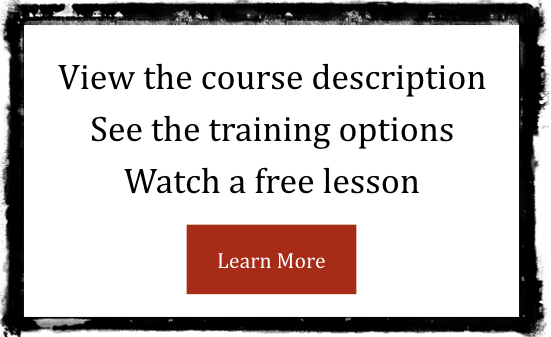Return to Homepage |Return to Course Overview
Observing and communicating
Decisions made in dynamic situations are rarely perfect. You saw something and you felt something, but if you can't explain it to someone else, it is easy to have your intentions questions.

But when you can’t communicate what you saw:
people might question your intentions.
people may believe your decision was based or racial or religious biases, not objective information.
you may begin to doubt your own confidence as you aren't able to get people to see it the way you did.
Being able to "know it when you see it" isn't bad
But articulating your observations before and after an incident using an objective, science-backed, and functional vocabulary is the standard to strive for.
Here is how you do it
1. Use The Individual Clusters. Learn how to assess whether someone is in the dominant, submissive, uncomfortable, or comfortable cluster.
2. Assess Group Dynamics. Are the people you're observing revealing an intimate, persona, social, or public relationship?
3. Size up the Environment. Whether an area is a habitual area or an anchor point matters a lot to the behaviors you are observing.
4. Uncover the Collective Mood. Whether the area have positive or negative atmospherics guides your initial scan for anomalies.


